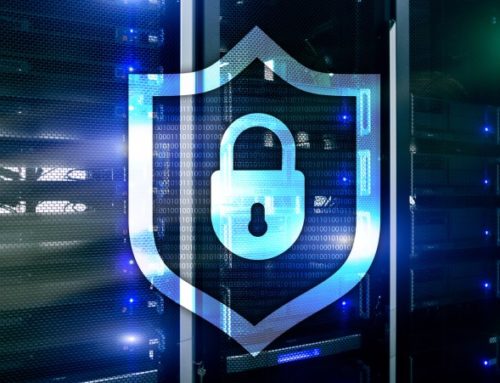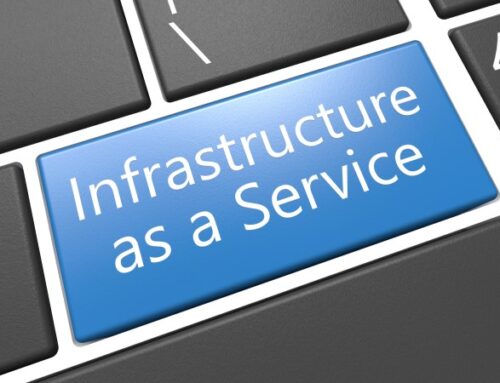With a terminal server, companies integrate a modern principle of electronic data processing. The technology behind it creates a fail-safe network as a working environment for multiple clients. But how do terminal servers work and what are the advantages of this server architecture? Find out more here.
Origin of terminal servers
The term terminal server first appeared in 1984 in connection with the first graphical user interfaces, the X Windows System for Unix mainframes. This technology made it possible to output graphics on computer screens. In particular, the ability to send host output to remote terminals or clients was new. The central control unit of the host computers was thus increasingly referred to as a terminal server. This enabled more flexible use of IT resources. But what is meant by this terminology today?
Over the years, the meaning of the term has changed. Today, when people talk about terminal servers, they primarily mean software that is installed on a central server. This host provides several users with certain applications over a network. Here it concerns however only graphic information. Terminal servers thus have a proximity to Internet and cloud applications, which are also considered centralized programs.
How does a terminal server work?
The host is a powerful server on which software and data can be processed and stored. Via clients, several users can work on digital terminals on the same server. All users can access the identical applications without having to install the software locally on the respective computers.
A session opens as soon as a user requests access to the terminal server. The host then takes over the complete processing of the data, while the clients merely handle the graphical implementation.
In principle, almost any digital device can be used as a client today. This also includes smartphones or tablets. The prerequisite is that the client software can be installed on the device. This results in the basic system architecture of a network, which consists of three important components.
- server hardware: resources are centrally hosted on this core server.
- network protocol: The remote desktop protocol enables the transfer of data between the host and the client.
- terminal server client application: This program establishes the connection to the server and accordingly must be installed on each terminal device.
Licensing and costs for terminal servers
Each client that wants to access the host needs an appropriate license for it. In most cases, a basic license for the central server is also required. This server assumes the function as the decisive administrative instance for the terminal devices. The license programs are, for example, Windows operating systems or Microsoft Office. The license models can be divided into two variants:
– Device licenses
– User licenses
With device licenses, any number of users are granted access to the host services, but only via a specific computer. This makes sense if several users share one computer. User licenses, on the other hand, apply to a specific person regardless of the end devices. This model is advantageous when services are accessed from both the computer and the smartphone. When a connection is established between the terminal server and the client, the licenses are checked again for each session.
In addition to the licensing costs for the software provided, users need a hardware solution with sufficient computing power. In addition, there are costs for maintenance and servicing for the IT structures. To prevent technical problems, it is advisable to additionally integrate backup solutions and protection software. Finally, a good access concept is also necessary to ensure secure assignment of rights and sufficient data protection. This can also incur additional costs.
Advantages and disadvantages of terminal servers
In practice, terminal servers have both their strengths and characteristics that prove to be a disadvantage in a particular IT structure for individual applications.
Advantages
Flexibility: Terminal servers provide worldwide access to a company’s specific IT infrastructures. In addition, there is a free choice of terminal device and operating system (Windows or Linux) with which individual users access the server environment.
Cost efficiency: The remote concept with specific licensing often saves a company unnecessary costs. Thin clients also ensure fair billing models.
IT security: Comprehensive security concepts and backup solutions are easy to integrate into terminal server environments because the data to be processed only remains within these internal structures.
Disadvantages
Compatibility: Unfortunately, not all common software programs are consistently supported by every terminal server. In such cases, the model makes little sense for a company.
Uniformity: If the clients used support very different software solutions, it can be difficult to integrate the requirement in a central instance.
Integrating a terminal server is particularly worthwhile if companies are active at several locations. The same applies when employees are mobile or work in the field. The advantage of terminal servers also becomes apparent when a company works with many different devices and operating systems. The size of the company is largely irrelevant.
Terminal servers and TeamDrive
The entire range of TeamDrive functions can be used on terminal servers and virtual desktop environments. This makes it possible to synchronize folders and files with other devices via the TeamDrive storage space. The key difference to the many free cloud providers is TeamDrive’s high security standards. Data exchange with TeamDrive is always encrypted end-to-end and is also GDPR-certified.
With cloud services from German data centers, TeamDrive meets the highest requirements for data protection and data security. Accordingly, TeamDrive is the perfect complement to terminal server architectures when the demand for reliable security is decisive.




